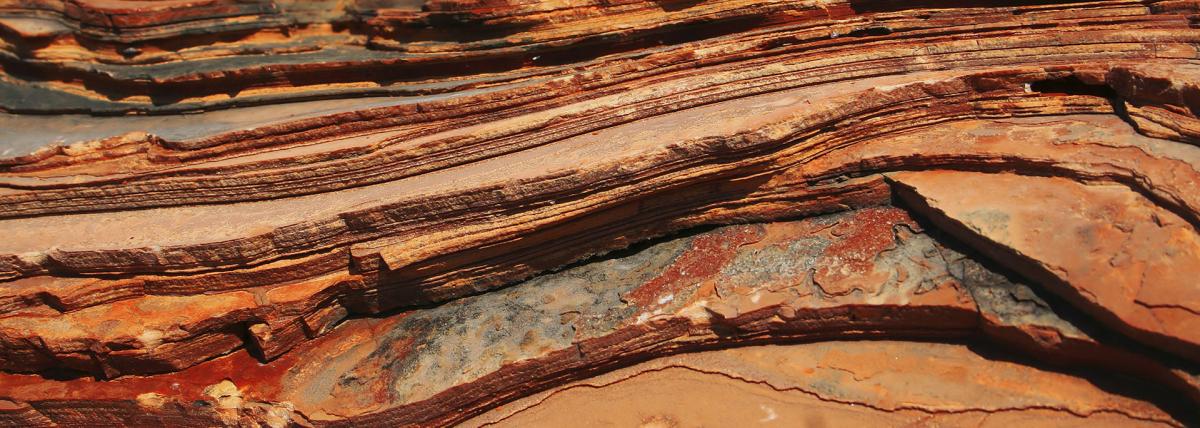
Grades:
5th Grade
In this lesson, students will be able to analyze and communicate evidence of the effects of balanced and unbalanced forces on the motion of objects. They conduct research to provide evidence of the
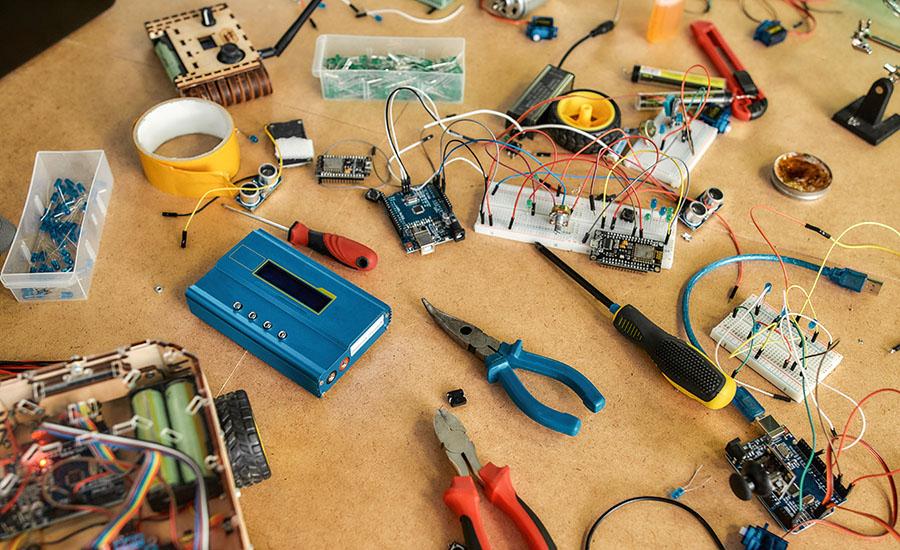
Grades:
6th Grade, 7th Grade, 8th Grade
Students will design and create a working, themed pinball machine that follows specified constraints and utilizes Makerspace materials. As students design they will be studying social studies, math

Grades:
5th Grade
Students will view and create examples of energy transfer in this activity that explores chain reactions. Students will summarize their learning and draw a model of their results.

Grades:
9th Grade, 10th Grade, 11th Grade, 12th Grade
This lesson is an introduction to a unit on the light and transverse waves. It can be utilized during a unit or at the beginning as an exploration. Students m easure the speed of light in a medium
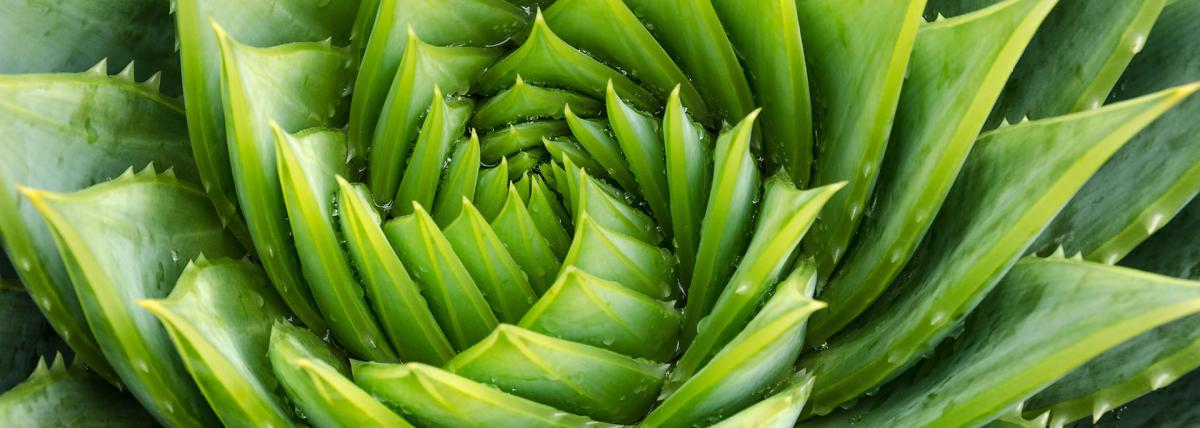
Grades:
4th Grade
This 90-minute lesson is focused on ELA with integration on Science and Engineering. The lesson will discuss about Ecology for Kids which target skill is getting the main idea and supporting details

Grades:
4th Grade, 5th Grade, 6th Grade
This lesson plan includes ideas and materials centered on Mark Kelly's book Mousetronaut. The students will be discussing gravity and listening to the book. They will then be participating in an
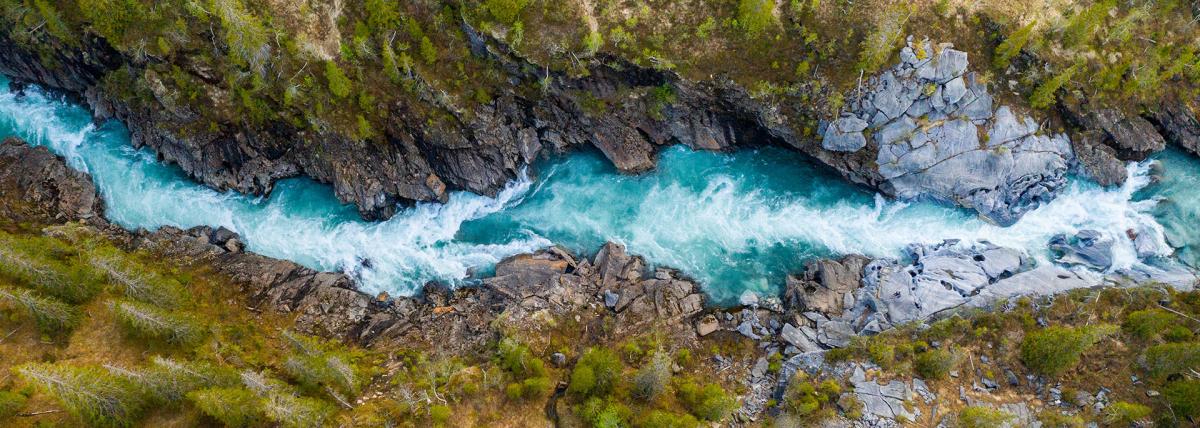
Grades:
1st Grade, 2nd Grade, 3rd Grade, 4th Grade
This lesson takes place over three hour-long, before- school STEAM club meetings. Students will discuss and learning about weather and climate. Then they will complete an engineering challenge to
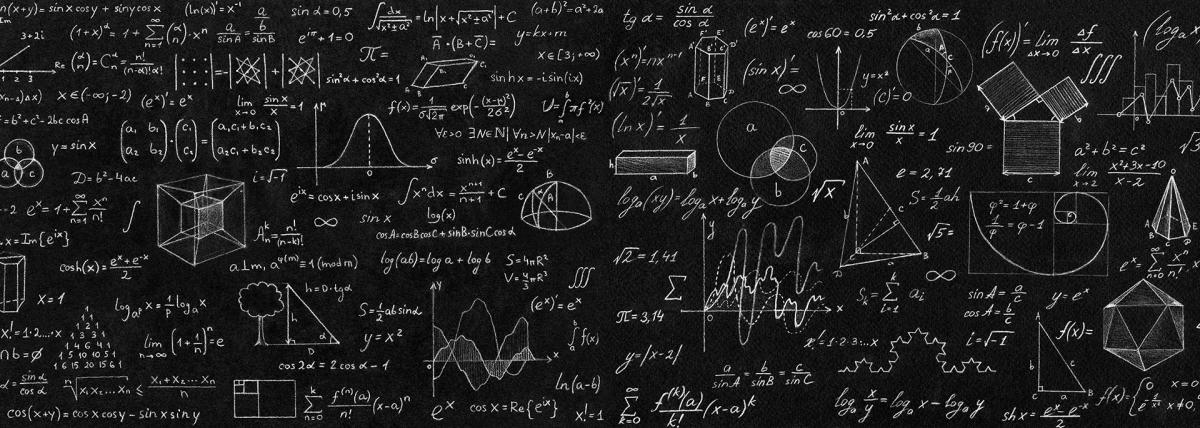
Grades:
6th Grade, 7th Grade, 8th Grade
In this lesson, students will show how heat transfers into an egg during the hard-boiling process, and additionally, different methods of how heat can transfer out of an egg during the cooling process

Grades:
6th Grade
A mixture of 5E lessons on Nearpod and an accompanying hands-on activity to help students see that gravity works at a distance and is affected by mass. Students will be writing a conclusion based on

Grades:
Kindergarten, 1st Grade
Use the Engineering Design Process to solve Peter's problem! Students will use recycled materials to create their own chair for Peter. After introducing the Engineering Design Process, students will
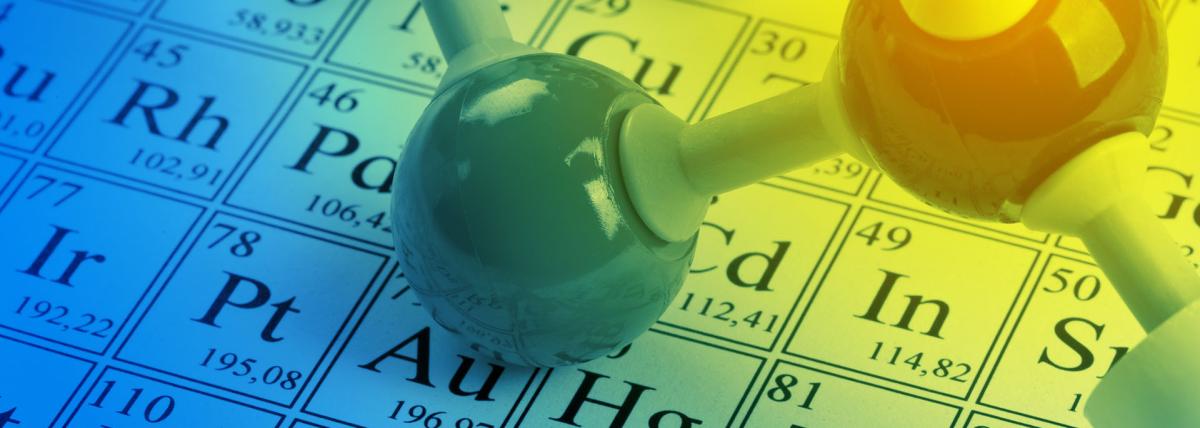
Grades:
6th Grade
This lesson starts by discussing/learning what is matter, the states of matter, and the properties of matter. It continues with what is mass and how to measure it. Two labs follow: density of solids

Grades:
5th Grade
In this hands-on lesson, students will work together to build a system where energy is transferred between objects for as long as possible (i.e. Newton’s Cradle). Students continue the work that began
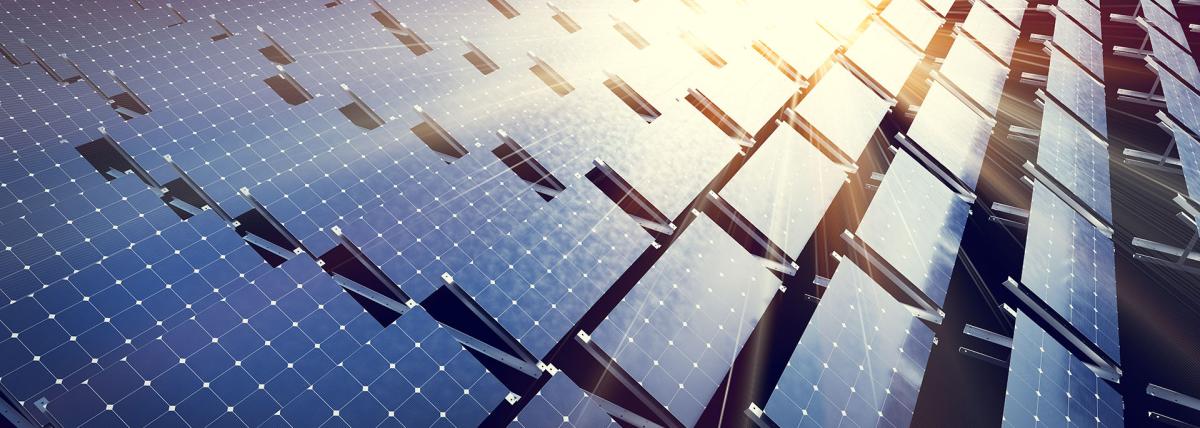
Grades:
8th Grade
This lesson plan is about the making and testing a solar car. This will take a minimum of two weeks. Solar panels and a motor will be provided. Students can use any safe material of their choice to

Grades:
10th Grade, 11th Grade, 12th Grade
This lesson involves students calculating the density of various objects of differing sizes of the same substance. Each student group will need a balance, a ruler, and/or a graduated cylinder. They

Featured
Parachutes - Air Resistance
Grades:
6th Grade, 7th Grade, 8th Grade
This middle school lesson covers the concept of air resistance. Students work in teams of 3 with a list of materials to design, build, and test 3 parachutes that will maximize the air resistance of a

Grades:
Kindergarten, 1st Grade
In this fun lesson, students will develop a simple sketch and a physical model of a float to illustrate how the shape of an object helps it function as needed to solve a given problem. They will then
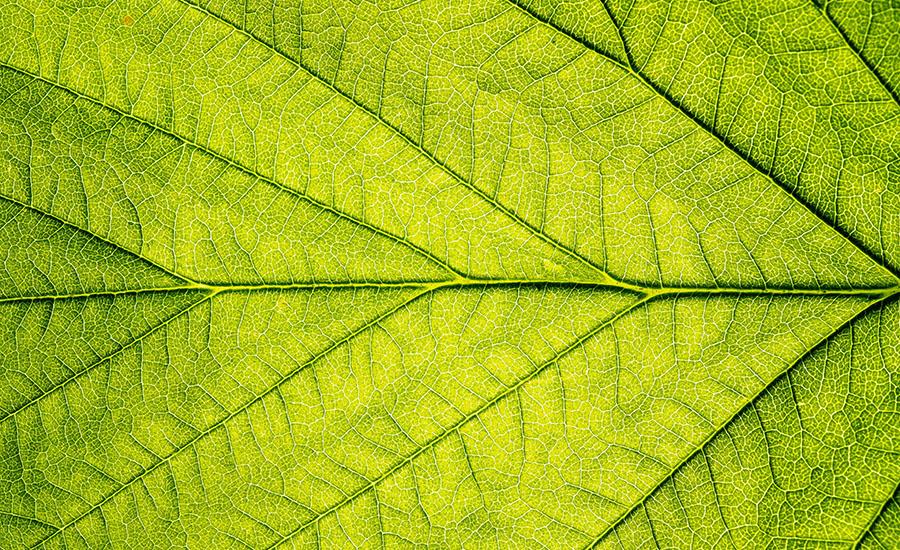
Featured
Introduction to Vermicomposting
Grades:
Kindergarten, 1st Grade, 2nd Grade, 3rd Grade, 4th Grade, 5th Grade
The objective of this lesson is to introduce students to vermicomposting by explaining what it is and getting our bins set up. Students learn about recycling, share a read aloud, watch a video and

Grades:
7th Grade
This is Task 1 (Lesson 1) of four tasks (lessons) of an overall project of “Escaping 7th Grade Science Room.” Students will be constructing a mini zip-line after reviewing concepts. Students will

Grades:
5th Grade
Within this hands-on lesson, students use the engineering design process to create a device that will protect an egg from a two-story drop. They work within small groups and test their creation and
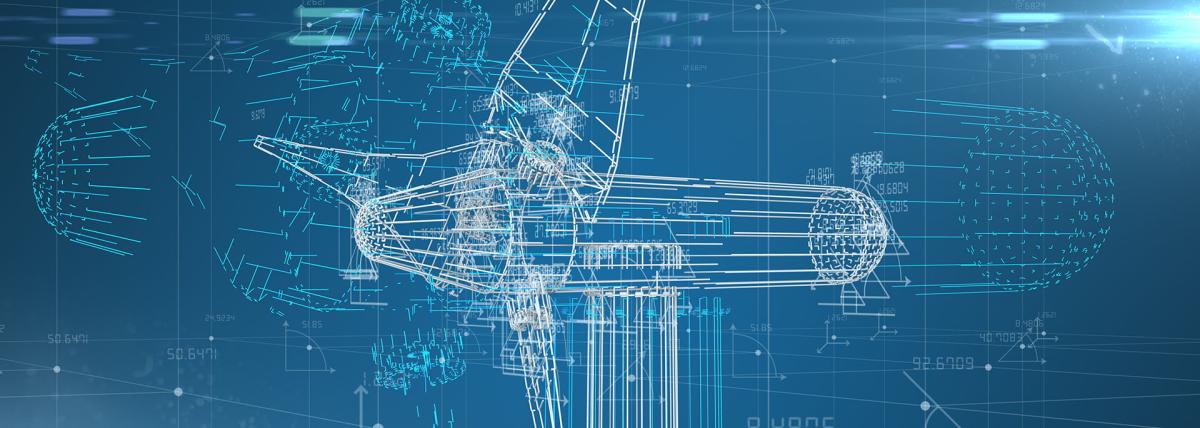
Grades:
7th Grade
This lesson is about building and testing a Ferris Wheel and the history behind it. Students should be familiar with the concepts of forces, motion, and gravity before starting this project. They

Grades:
5th Grade
After watching a video of the space station, students will design and build a model space station containing certain requirements. Students will use scale in order to create a blue print and then

Grades:
5th Grade, 6th Grade
This hands-on lesson has students create a barometer using a jar, balloon, stir stick and tape. They collect data over a span of time and graph it to understand how a barometer works and how it

Grades:
6th Grade
In this 1-day lesson, students are challenged to collaborate with their teams to create a plan and use PVC halves to transport 1 golf ball 75 feet without touching the ball or allowing the ball to

Grades:
7th Grade
This is Task 2 (Lesson 2) of four tasks (lessons) of an overall project of “Escaping 7th Grade Science Room.” Students will be constructing Pangea with their group after reviewing the concepts.


